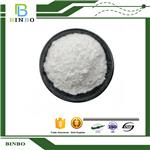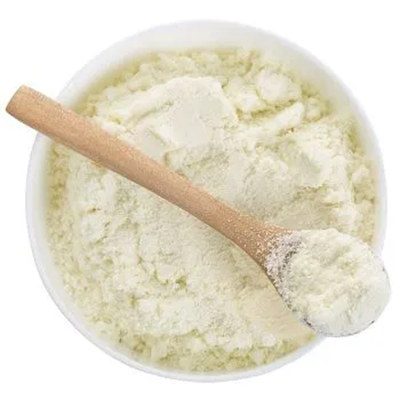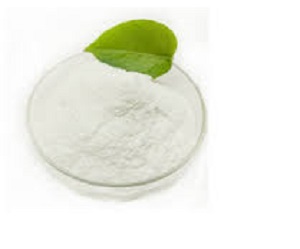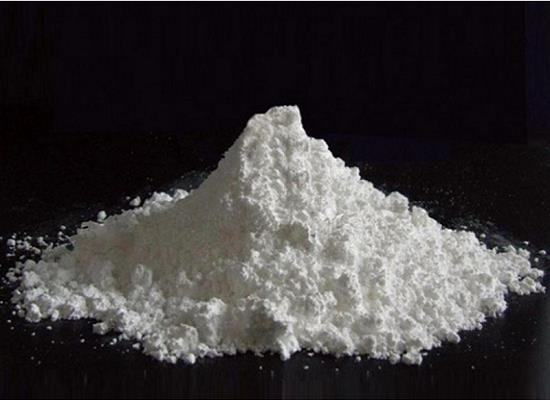4-Butylresorcinol: activities, clinical application and safety
General Description
4-Butylresorcinol is a compound that inhibits melanin synthesis by targeting the enzyme tyrosinase. It acts by targeting the melanogenic pathway, even in a cell-free system. Combined with hinokitiol, it has an additive effect. 4-Butylresorcinol shows promise as a hypopigmenting agent for treating melasma in clinical practice. In a clinical study, it significantly decreased the melanin index and was considered effective by patients. However, caution is needed as it may cause skin allergies or dermatitis. Patch testing and following guidelines are important. Safety depends on usage circumstances and individual differences. It is advisable to perform a patch test before using products containing 4-butylresorcinol, discontinue use if adverse reactions occur, and consult a medical professional if needed.

Figure 1. 4-Butylresorcinol
Activities
In a study, the researchers investigated the effects of 4-butylresorcinol on melanogenesis, specifically in a spontaneously immortalized mouse melanocyte cell line called Mel-Ab. The results of the study revealed that 4-butylresorcinol has a significant inhibitory effect on melanin synthesis, and this inhibition is dependent on the concentration of the compound. Furthermore, the researchers found that 4-butylresorcinol also inhibits the activity of tyrosinase, which is the rate-limiting enzyme in the process of melanin production. This suggests that 4-butylresorcinol acts by directly targeting the melanogenic pathway. Interestingly, 4-butylresorcinol displayed a strong ability to reduce tyrosinase activity, even in a cell-free system. This suggests that the compound exerts its inhibitory effect on melanogenesis through direct interaction with tyrosinase. Furthermore, when 4-butylresorcinol was combined with hinokitiol, which is known to reduce MITF expression, it showed an additive effect in hindering melanin synthesis. Overall, the findings of this study demonstrate that 4-butylresorcinol possesses strong activity in inhibiting melanin synthesis by directly targeting tyrosinase and acting independently of the ERK, Akt, and MITF signaling pathways. 1
Clinical application
Melasma is a common skin condition characterized by acquired pigmentation, predominantly affecting women of child-bearing age. It is challenging to treat, and most available hypopigmenting agents target the enzyme tyrosinase involved in melanin production. However, 4-butylresorcinol has emerged as a novel hypopigmenting agent due to its inhibitory effect on tyrosinase and tyrosinase-related protein-1. In a clinical study conducted over an 8-week period, patients applied 4-butylresorcinol 0.1% cream or a placebo on each side of their faces twice daily. Baseline assessments included clinical examinations, photography, Mexameter measurements to evaluate skin pigmentation, and monitoring of patient satisfaction and side-effects. Follow-up evaluations were performed at 4 and 8 weeks. The findings showed a significant decrease in the melanin index on the side treated with 4-butylresorcinol compared to the placebo-treated side after 8 weeks. Mexameter measurements supported these results. Additionally, subjective assessments revealed that over 60% of patients considered 4-butylresorcinol to be effective after 8 weeks of treatment. In conclusion, the study demonstrated that liposome-encapsulated 4-butylresorcinol 0.1% cream was well-tolerated and had significantly better efficacy than the placebo for treating melasma. This suggests that 4-butylresorcinol holds promise as an effective therapeutic option for managing melasma in clinical practice. 2
Safety
Although 4-Butylresorcinol is widely used in cosmetics, its safety still raises certain concerns. Specifically, it may have adverse effects on human health, such as skin allergies or dermatitis. Therefore, caution should be exercised when using skincare products containing 4-Butylresorcinol, paying attention to the dosage and application method. When used appropriately and in accordance with recommended guidelines, it is generally considered safe for topical use. However, it is important to note that individual reactions to skincare ingredients can vary, and it is always advisable to perform a patch test before applying 4-Butylresorcinol or any skincare product containing it to larger areas of the skin. This can help identify any potential allergic reactions or sensitivities. In summary, the safety of 4-Butylresorcinol depends on specific usage circumstances and individual differences. It is recommended to conduct a patch test before using products containing this ingredient to ensure there are no allergic reactions and to follow the product instructions and safety guidelines. If any discomfort or adverse reactions occur, it is advisable to discontinue use immediately and consult a medical professional for further guidance. 3
Reference
1. Kim DS, Kim SY, Park SH, Choi YG, Kwon SB, Kim MK, Na JI, Youn SW, Park KC. Inhibitory effects of 4-n-butylresorcinol on tyrosinase activity and melanin synthesis. Biol Pharm Bull, 2005, 28(12):2216-2219.
2. Kolbe L, Mann T, Gerwat W, Batzer J, Ahlheit S, Scherner C, Wenck H, St?b F. 4-n-butylresorcinol, a highly effective tyrosinase inhibitor for the topical treatment of hyperpigmentation. J Eur Acad Dermatol Venereol. 2013, 27 Suppl 1:19-23.
3. Madan Mohan NT, Gowda A, Jaiswal AK, Sharath Kumar BC, Shilpashree P, Gangaboraiah B, Shamanna M. Assessment of efficacy, safety, and tolerability of 4-n-butylresorcinol 0.3% cream: an Indian multicentric study on melasma. Clin Cosmet Investig Dermatol, 2016, 9:21-27.
Related articles And Qustion
Lastest Price from 4-Butylresorcinol manufacturers

US $0.00/kg2025-11-21
- CAS:
- 18979-61-8
- Min. Order:
- 1kg
- Purity:
- 99.8%
- Supply Ability:
- 1000 kg

US $0.00-0.00/g2025-06-13
- CAS:
- 18979-61-8
- Min. Order:
- 0.1g
- Purity:
- 99%
- Supply Ability:
- 22000000t




